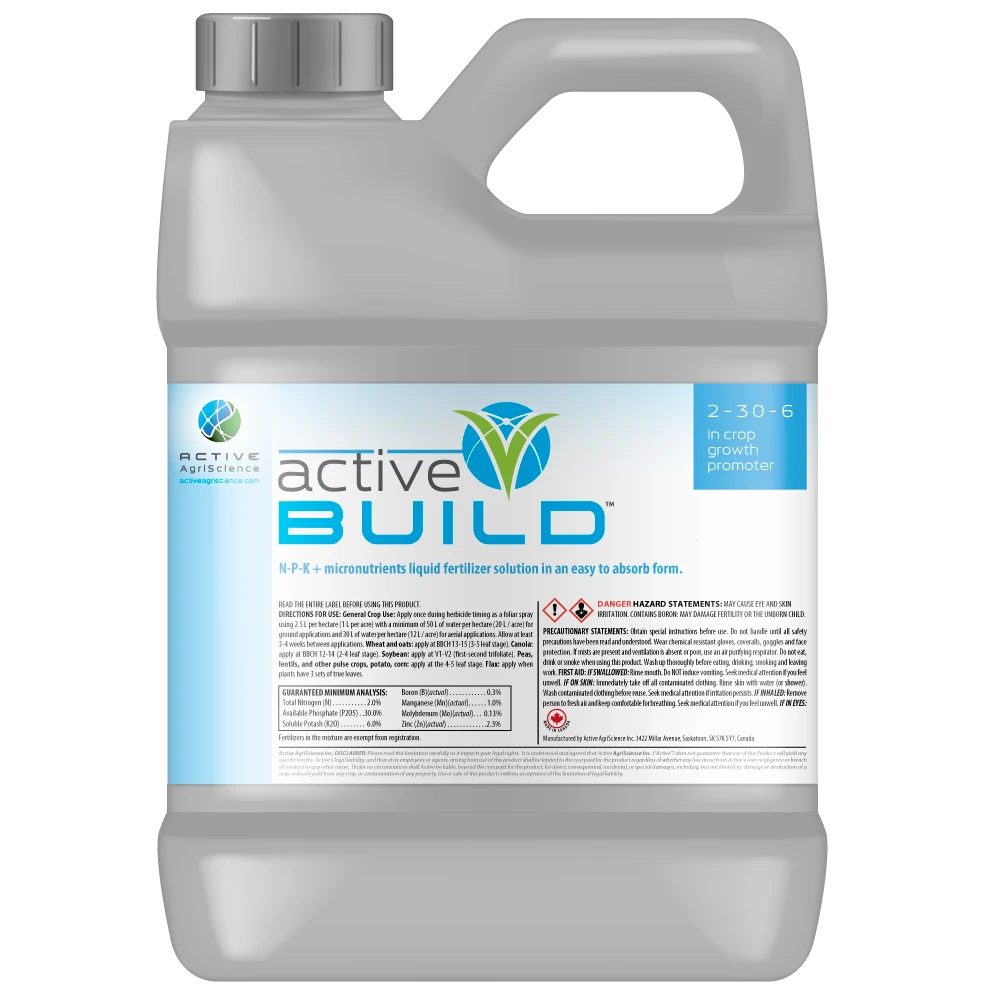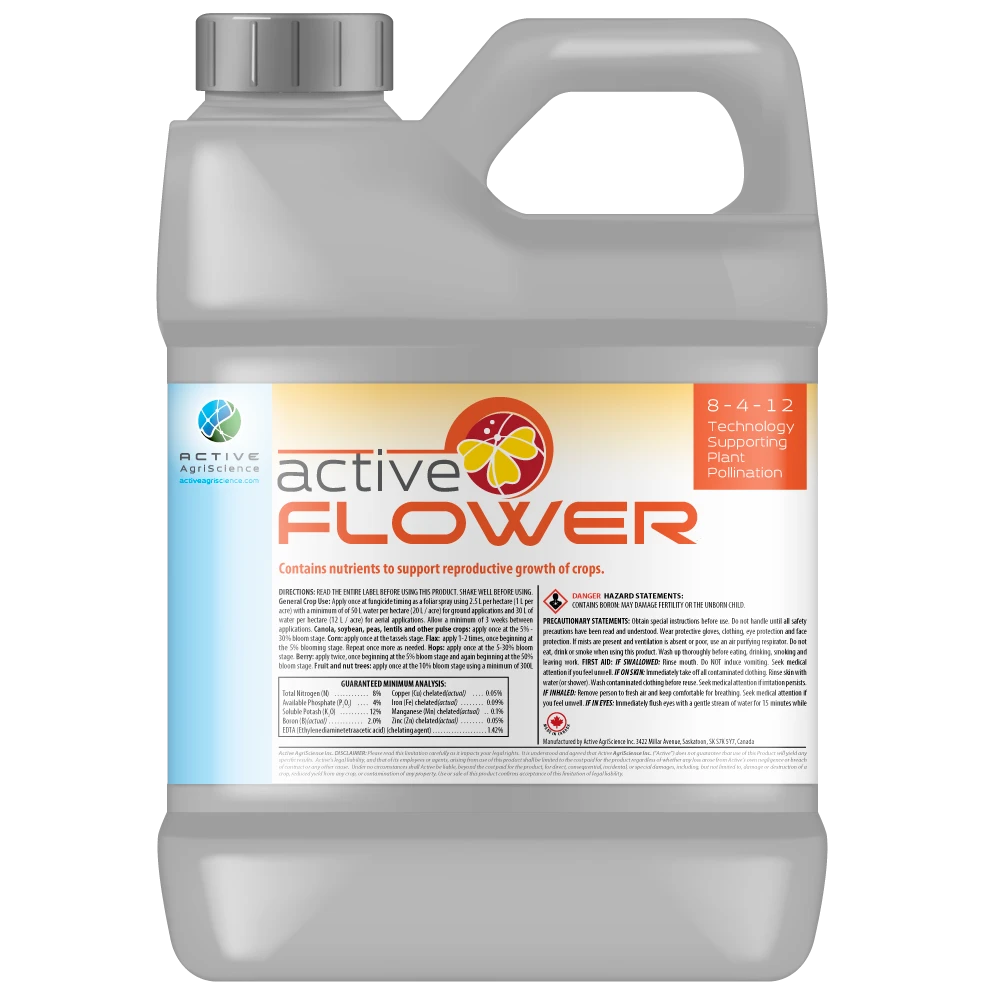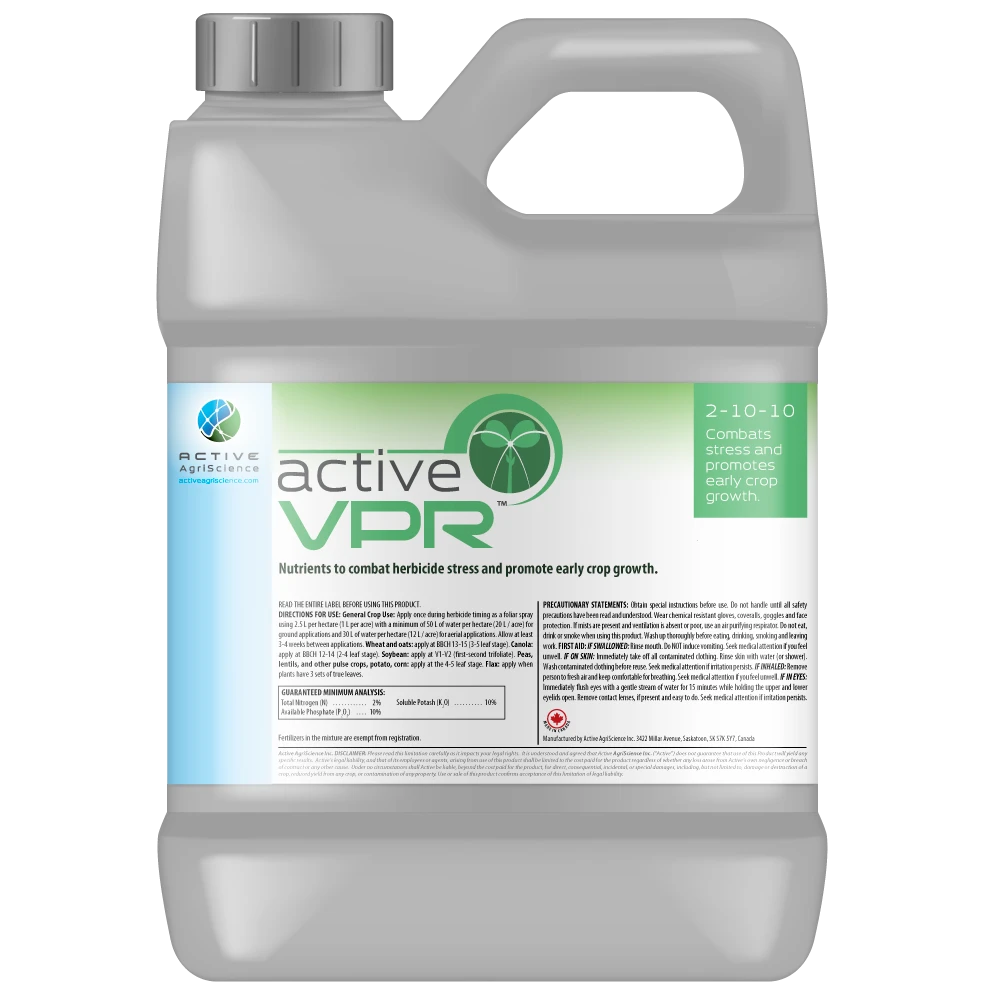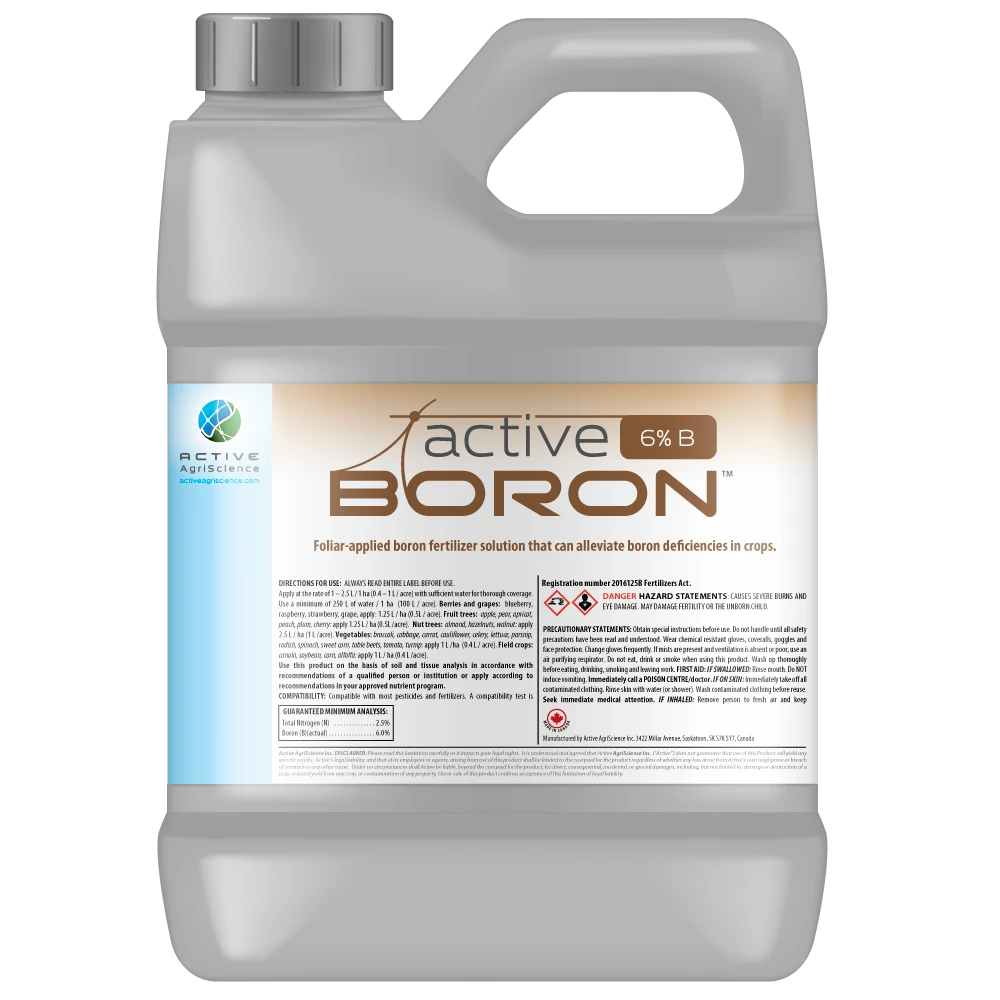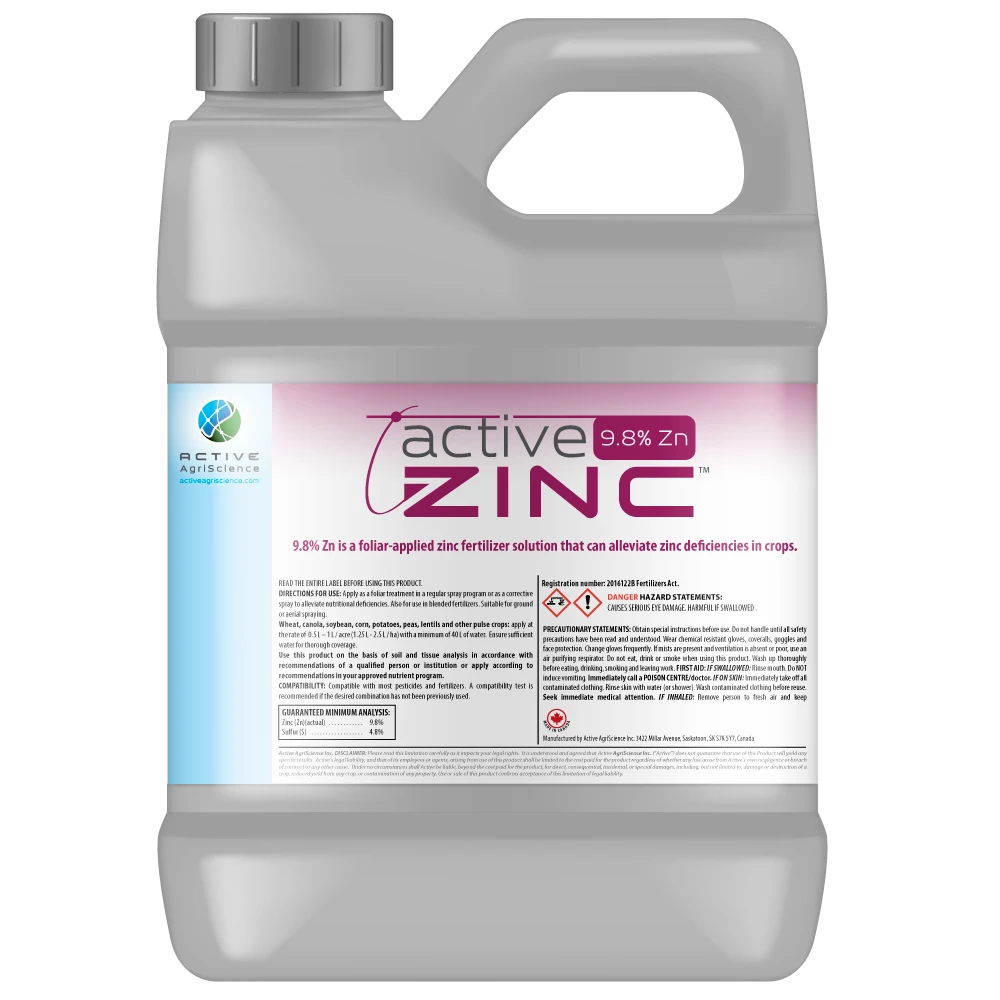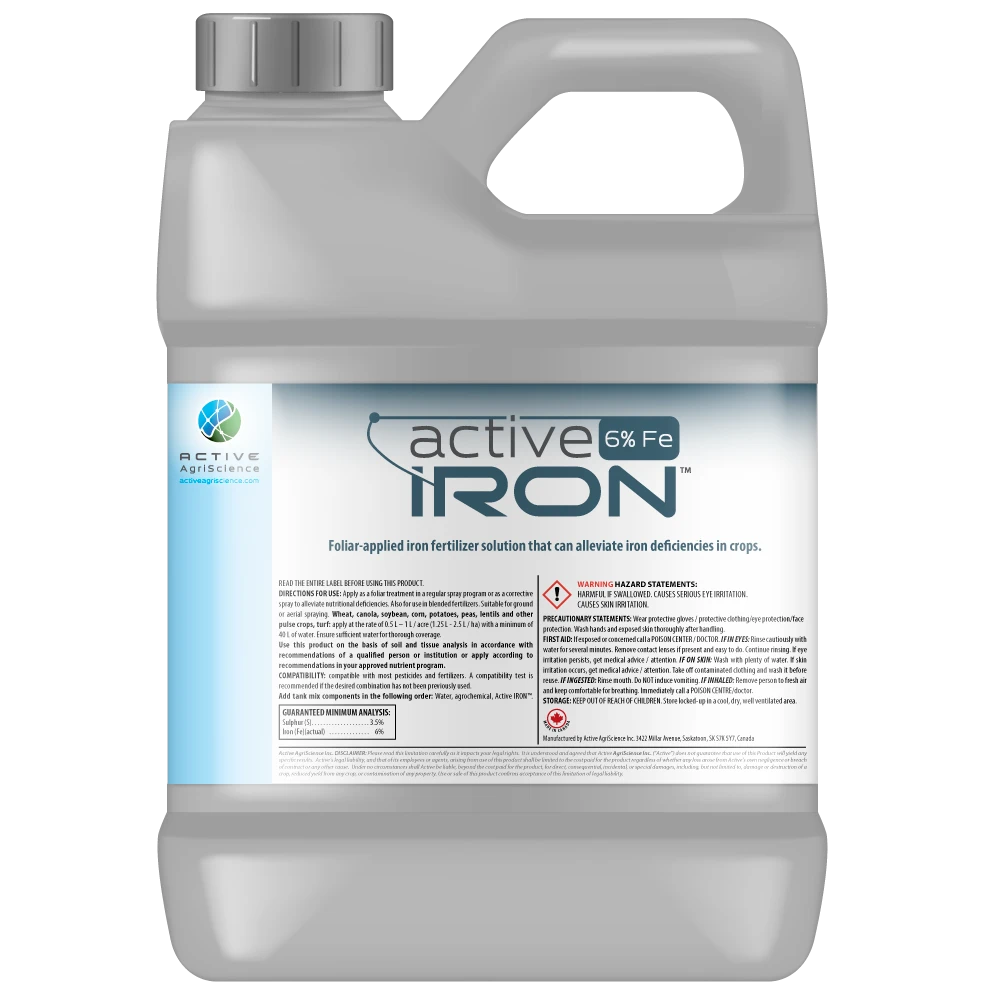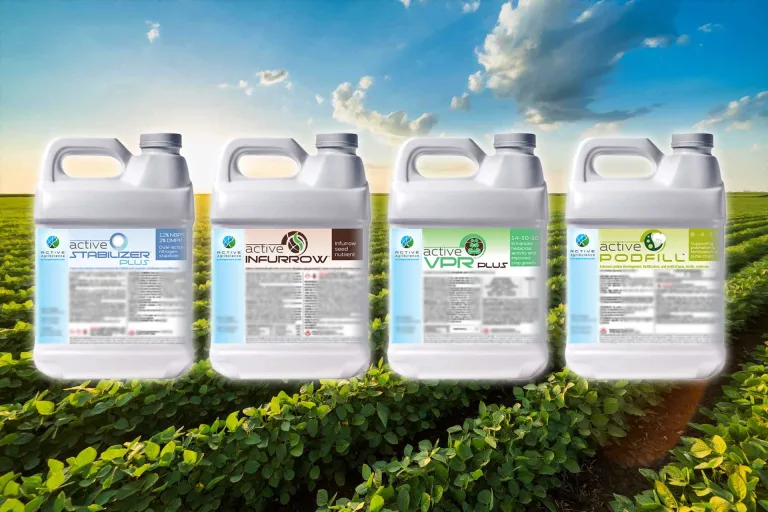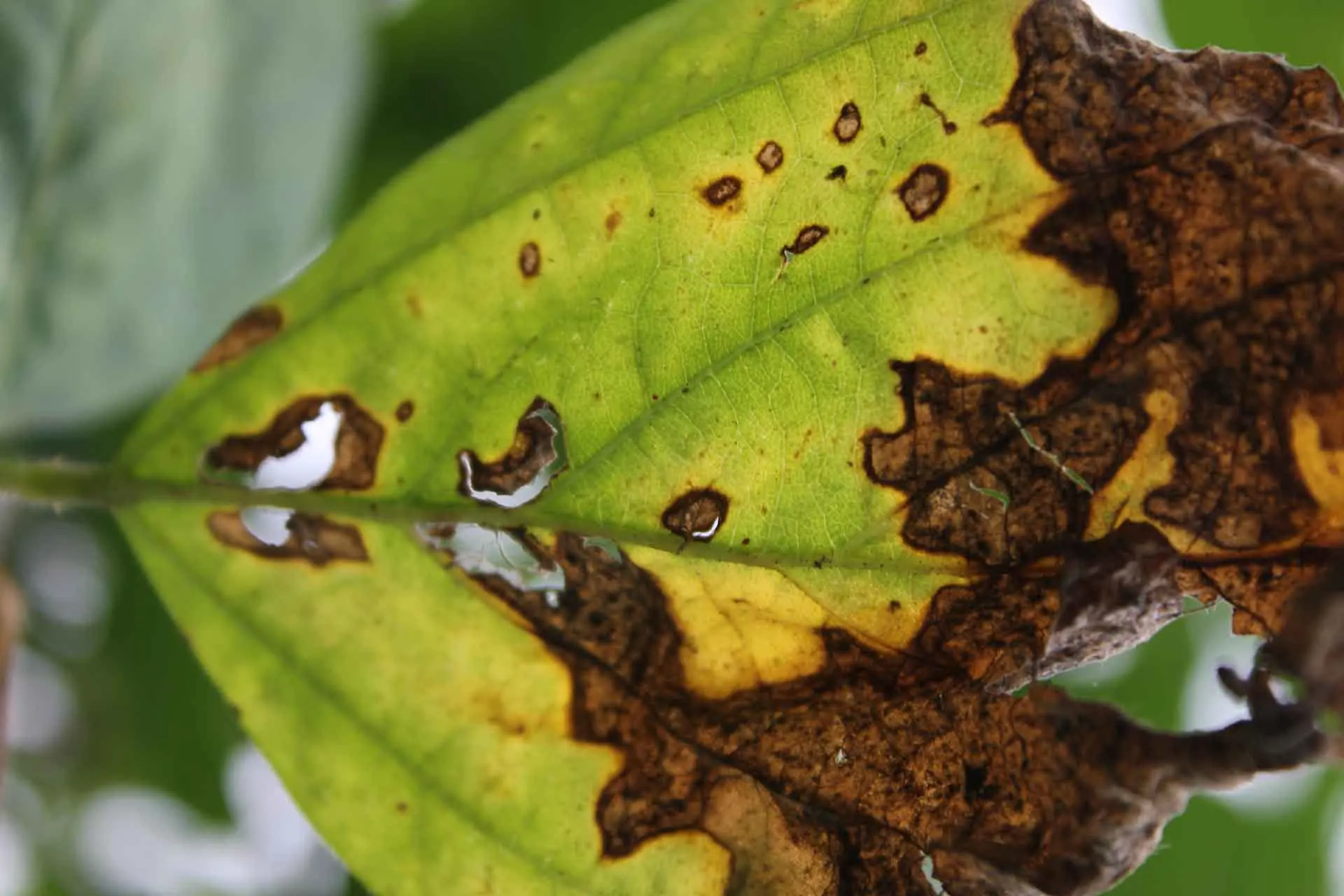
Crop nutritional deficiencies are difficult to determine, but there are simple, visual clues that can help point your diagnosis in the right direction. Follow the steps below to quickly narrow down any nutritional deficiencies in your crop.
On this page
Biotic or Abiotic?
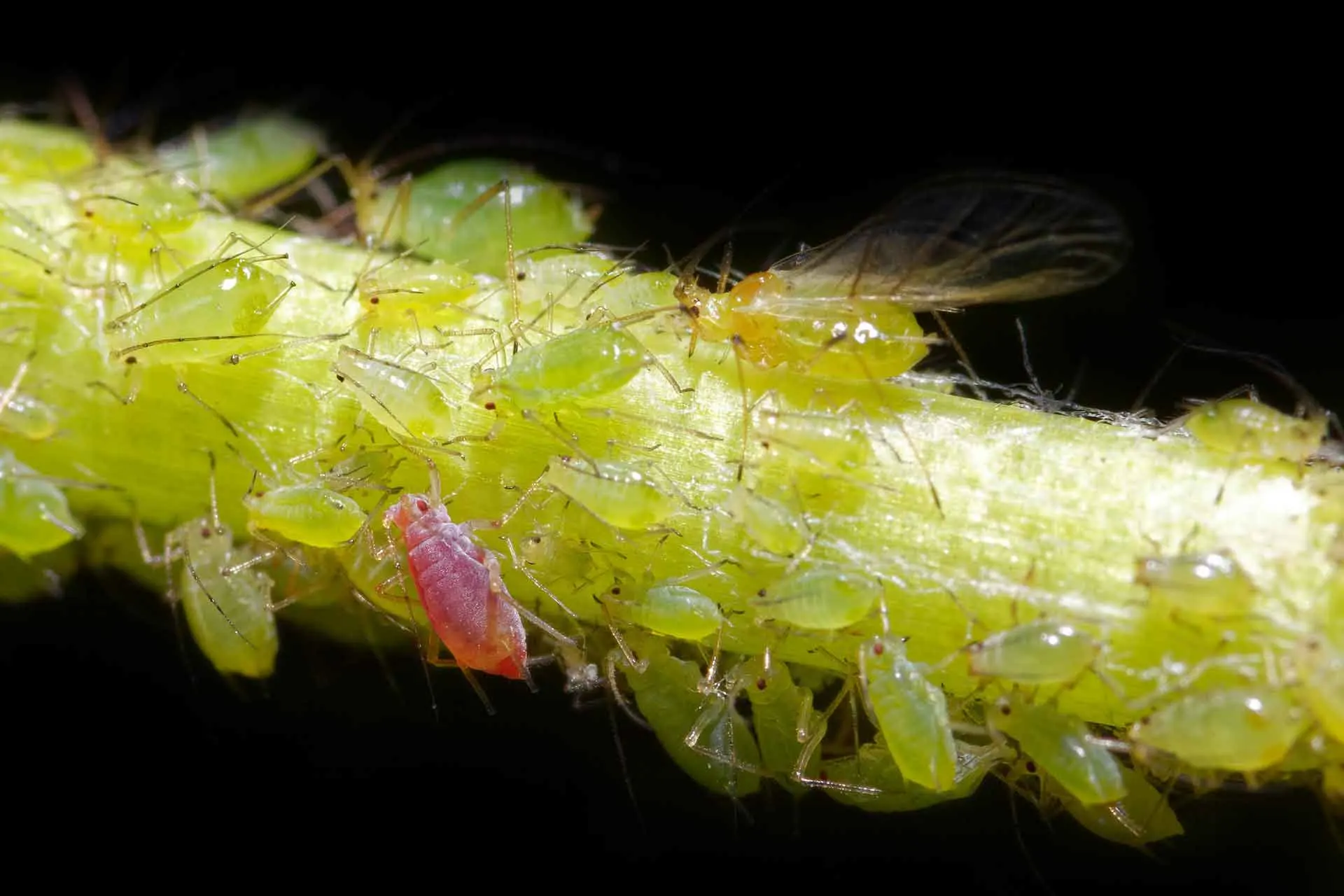
Before getting ahead of ourselves we need to determine whether the crop is suffering from Biotic stress (e.g. disease) or Abiotic stress (e.g. deficiency). The symptoms for Biotic (living) stresses can have similar symptoms to Abiotic (non-living) stresses so we need a way to rule out one of the two.
If your crop symptoms appear on a single species, observed at irregular locations, and appears to be spreading, you are probably dealing with a Biotic stressor.
If your crop symptoms are affecting multiple species and the damage appears uniform and non-spreading, your plants are likely suffering from a type of Abiotic stress.
Stress or Deficiency?
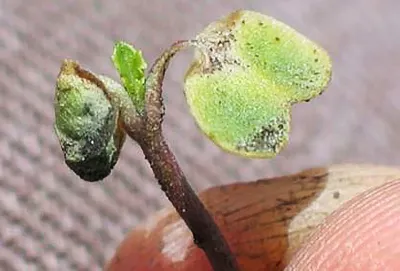
If you have determined your crop symptoms are not caused by disease or pests, you now must decide whether your crop is dealing with environmental stress, herbicide damage, or a nutritional deficiency.
Keeping track of the weather conditions can help identify environmental stressors. Wind, freezing temperatures, flooding, or drought can cause serious damage to your plants. Freezing temperatures can lead to wilting or curling of leaves and stems. Wind damage can break stems and rip your plant’s roots and leaves. Drought will leave the earth cracked and dry while sun scald can induce withered brown spots on plant stems and leaves.
Herbicide damage is very similar to nutritional deficiency symptoms. Ailments can include interveinal chlorosis (yellowing around leaf veins), mottled chlorosis (yellow spotting on leaf), necrosis (brown, dead tissue), or a bluish, purple tinge on leaves. If any of these symptoms appear on your plants within a few days of spraying herbicide, herbicide stress could likely be the cause. This damage can occur with the misapplication of herbicide or herbicide drift on a windy day.
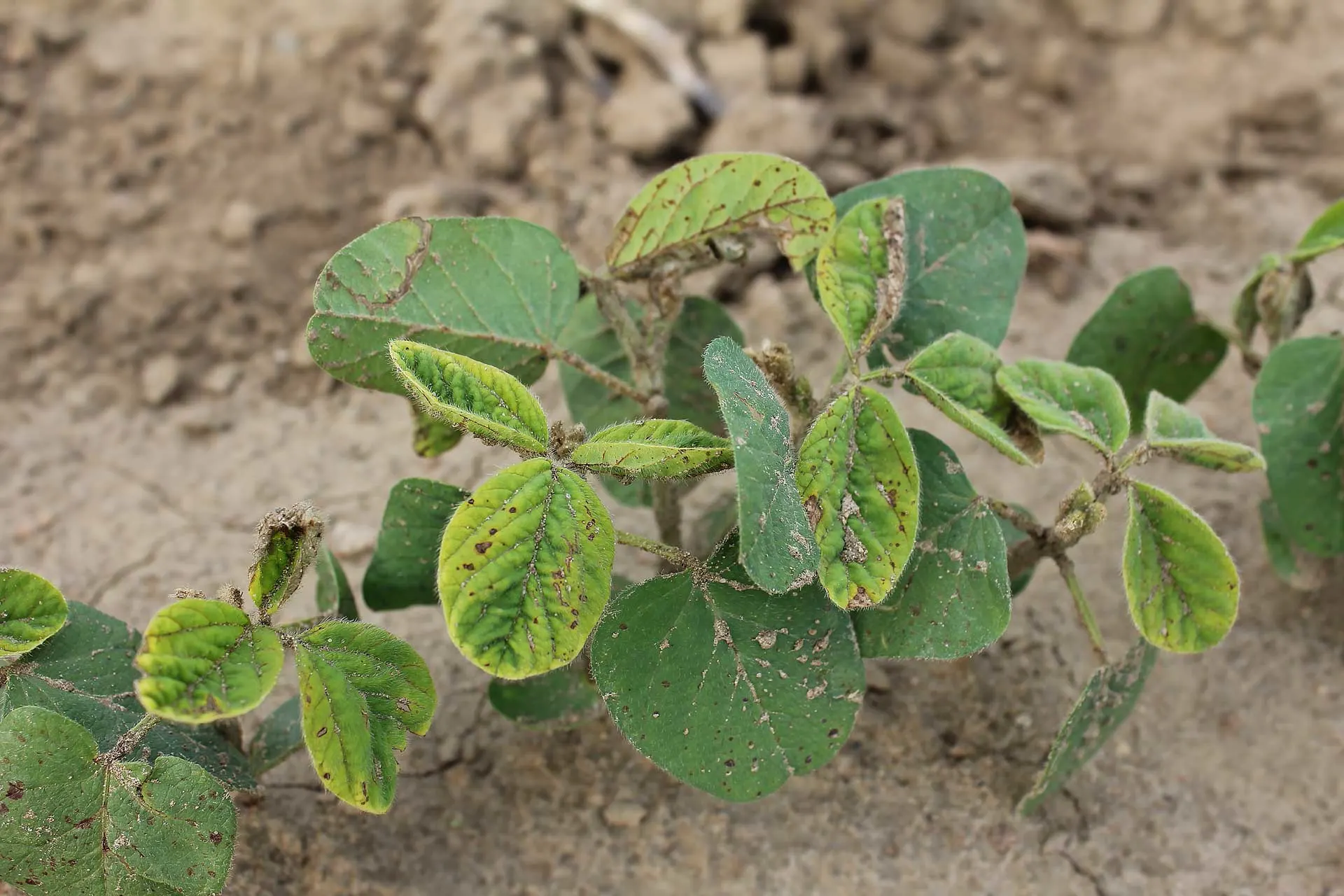
After eliminating all the other possible crop ailments, we can now try to discover what nutrient deficiency your plants are suffering from.
Mobile or Immobile Nutrients?

Several chemical nutrients are necessary for healthy plant growth. Nitrogen (N), Phosphorous (P), Potassium (K), and Magnesium (Mg) are called mobile nutrients because they can be transported throughout the plant. If there is a mobile nutrient deficiency, symptoms will appear first in older leaves because the plant is lacking movable nutrients to deliver to older growth.
Immobile nutrients cannot be delivered to plant tissue, rather, they are built into the plant tissue as it grows. If you are noticing symptoms only on your plant’s new growth, the cause is likely an immobile nutrient deficiency because it is lacking the nutrients to build healthy, new tissue. Immobile nutrients include: Calcium (Ca), Sulfur (S), Boron (B), Copper (Cu), Iron (Fe), Manganese (Mn), and Zinc (Zn).
Mobile Nutrient Deficiency
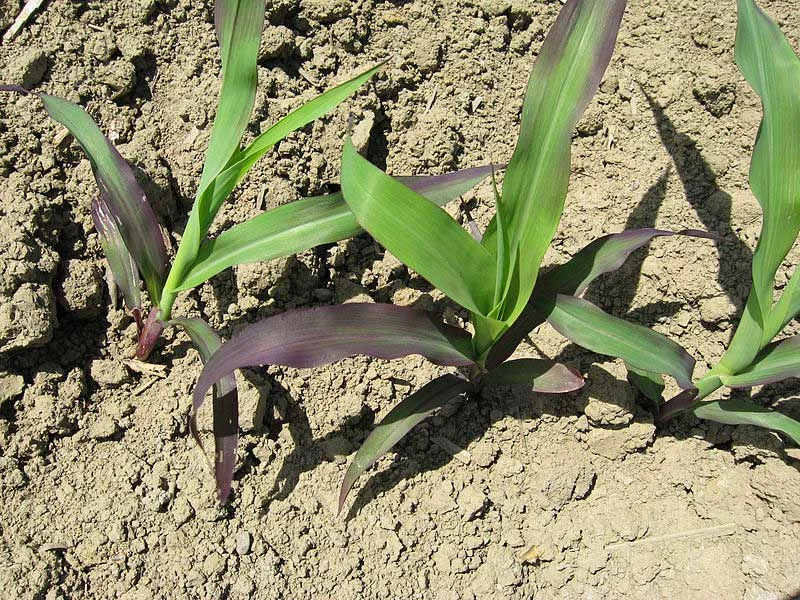
If you are discovering symptoms starting on the old leaves of your plants, we now need to determine which mobile nutrient it is deficient in.
If the entire plant is a lighter green with the lower leaves turning yellow or brown, it could be a Nitrogen deficiency.
If the entire plant is dark green with red or purple colours, it is probably suffering from Phosphorus deficiency.
If interveinal chlorosis is occurring on the lower leaves of the plant, it is likely deficient in Magnesium.
If wilting, scorching and/or necrotic spots are appearing on lower leaves only, your plant might have a Potassium deficiency.
Immobile Nutrient Deficiency
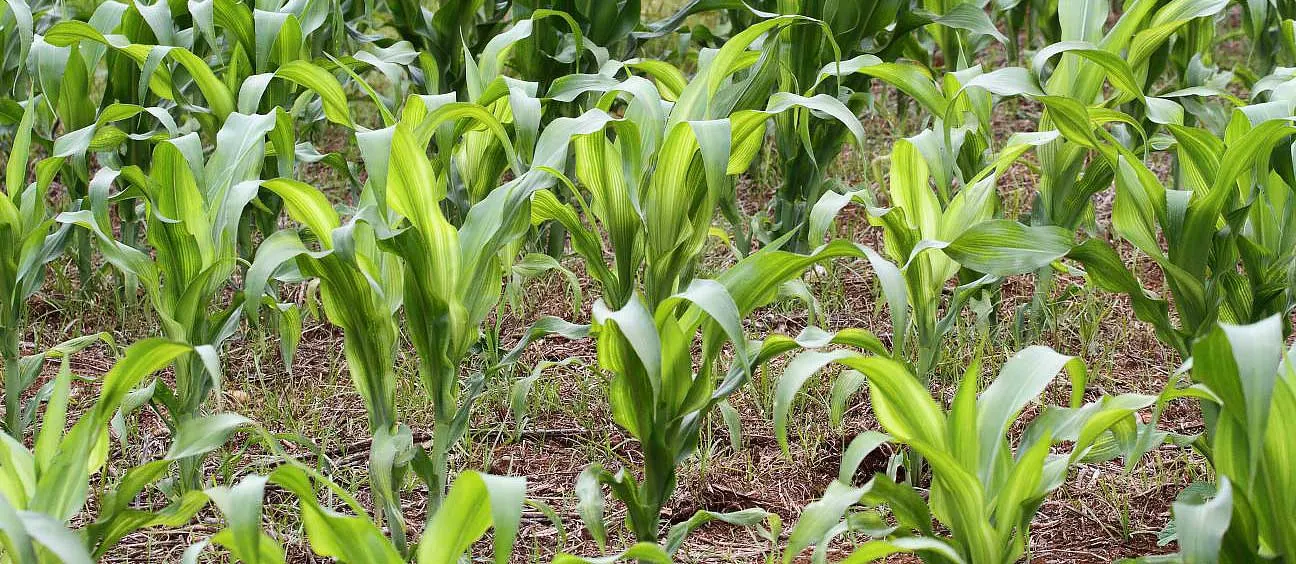
Finding symptoms on only new leaves of your crop is a clear indication of an immobile nutrient deficiency.
If new leaves are distorted, necrotic and the terminal bud dies, your plant is deficient in Boron.
If new leaves are distorted, necrotic but the terminal bud is not dying, you are probably dealing with a Calcium deficiency.
If new leaves get a bluish tinge before turning yellow and your plant is stunted, it may be suffering from a Copper deficiency.
Sulfur deficiency symptoms show as new leaves turning chlorotic and spreading to the entire plant.
Interveinal chlorosis on new leaves with stems short and rounded is indicative of a Zinc deficiency.
If your plant’s new leaves have interveinal chlorosis along with necrotic spots, this is generally the symptoms of a Manganese deficiency.
If interveinal chlorosis occurs on new leaves without symptoms of necrotic spots or shortened stems, the cause could be an Iron deficiency.
Final Analysis
It is difficult to identify crop ailments by sight alone as symptoms can differ between plant species. Biotic ailments, environmental stressors and herbicide damage can often resemble symptoms of nutrient deficiencies. Conducting a soil analysis will give you a better understanding of nutrients available to the plant. However, just because there are nutrients in the soil doesn’t mean the plant can access them. Soil composition (soil moisture, acidity, and density) can reduce the plant root’s ability to absorb them. A tissue analysis will give you more information about nutrient percentages in the plant.
Treating Nutrient Deficiencies
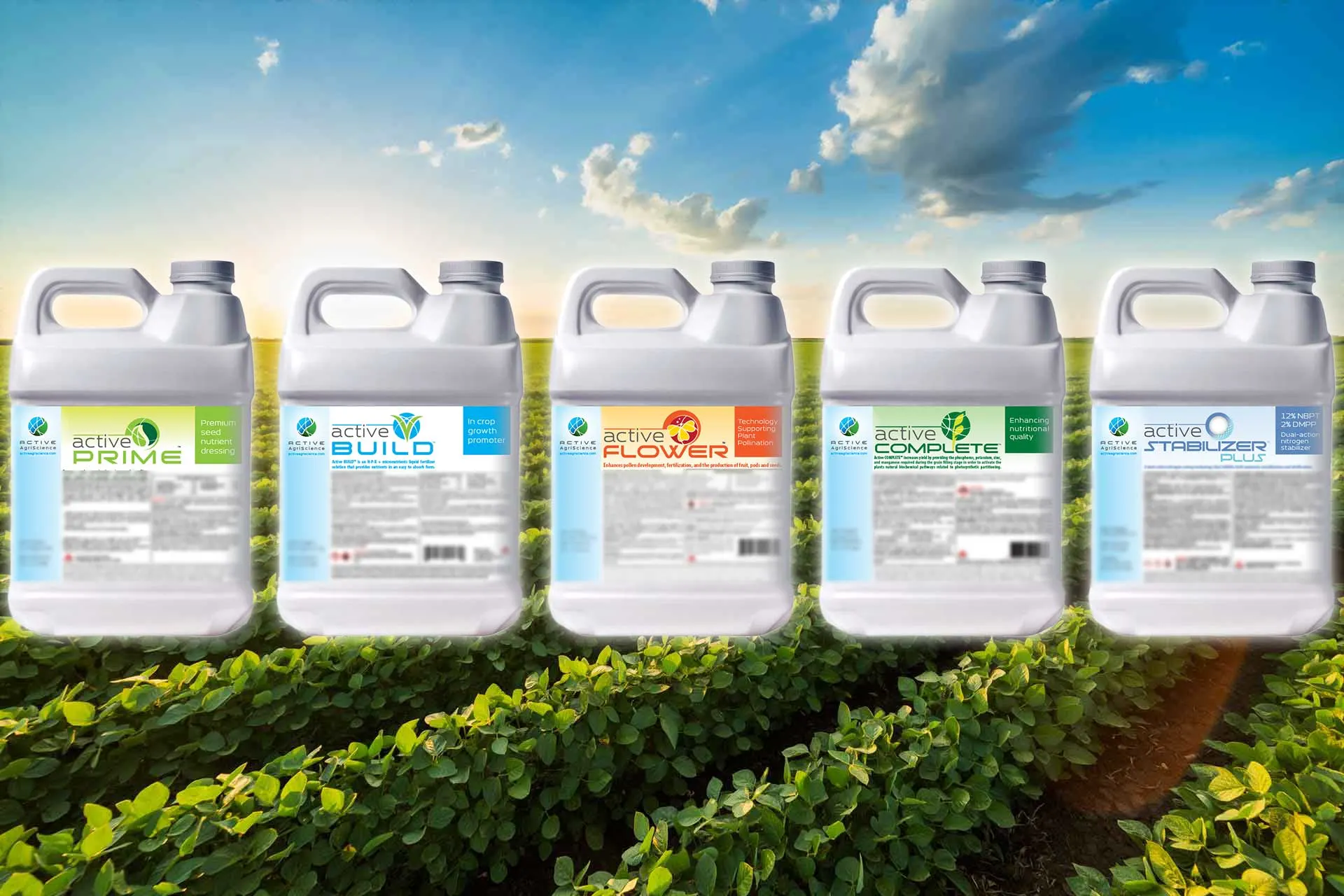
Visual clues, a soil analysis, and a plant tissue analysis should be enough to narrow down the cause of your crop’s ailment. Once you’ve identified the cause you can work towards the treatment.
Active AgriScience specializes in seed treatments, foliar nutrition, and nitrogen management technologies. Our products are specifically designed to treat crop nutrient deficiencies and build hardier plants that can better withstand environmental stressors. View our recommended treatments below to overcome your crop’s deficiencies.
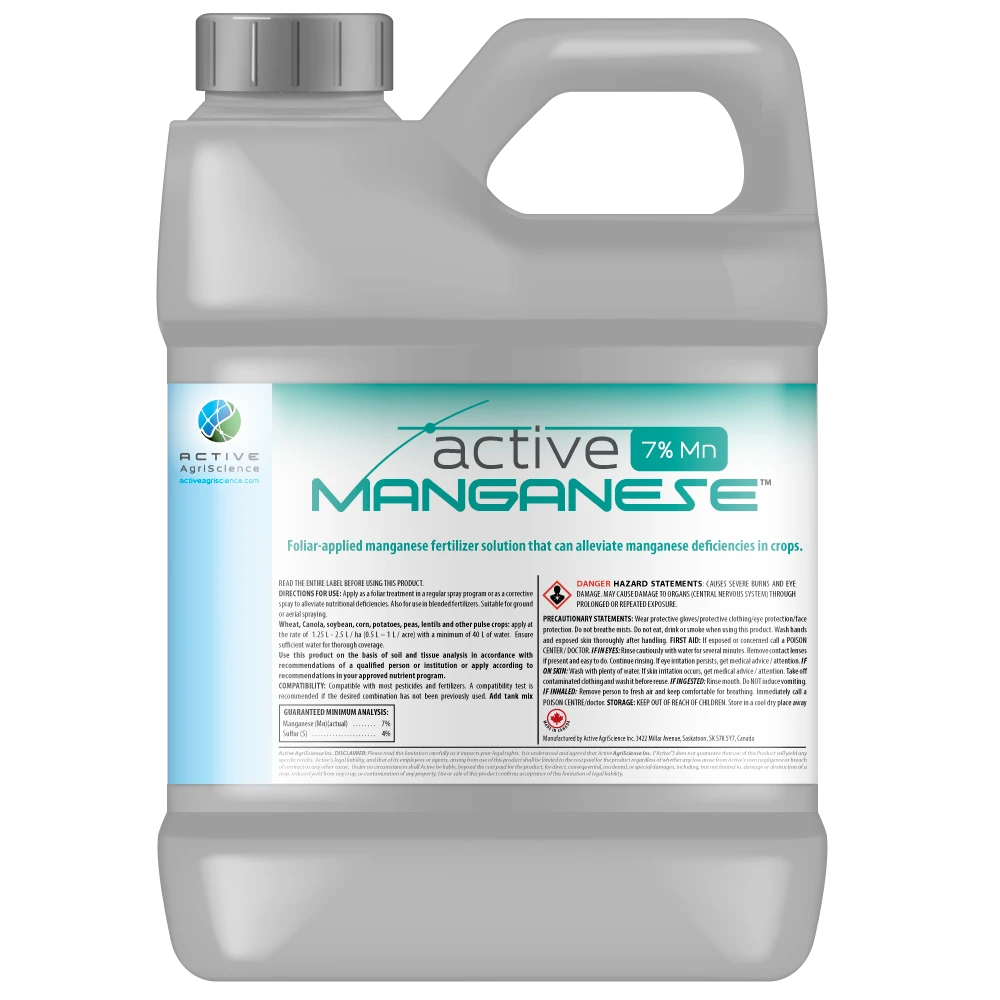
Figure 1. Frost damage on canola, AG Canada (https://www.agcanada.com/daily/take-time-to-judge-frost-damage-on-canola).
Figure 2. Herbicide Damage on Soybean, Field Crop News (https://fieldcropnews.com/2011/07/herbicide-injury-scenarios-in-soybeans-and-edible-beans-2011/).
Figure 3. Phosphorus deficiency in Corn, عمرو بن كلثوم / CC BY-SA (https://creativecommons.org/licenses/by-sa/2.5).
Figure 4. Zinc deficiency in Corn, Alandmanson / CC BY-SA (https://creativecommons.org/licenses/by-sa/4.0).

